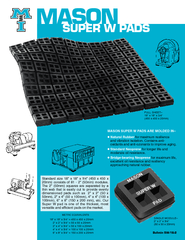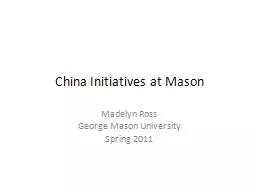PPT-1 George Mason School of Law
Author : tatiana-dople | Published Date : 2016-07-09
Contracts II Warranties This file may be downloaded only by registered students in my class and may not be shared by them FH Buckley fbuckleygmuedu 2 Conditions
Presentation Embed Code
Download Presentation
Download Presentation The PPT/PDF document "1 George Mason School of Law" is the property of its rightful owner. Permission is granted to download and print the materials on this website for personal, non-commercial use only, and to display it on your personal computer provided you do not modify the materials and that you retain all copyright notices contained in the materials. By downloading content from our website, you accept the terms of this agreement.
1 George Mason School of Law: Transcript
Download Rules Of Document
"1 George Mason School of Law"The content belongs to its owner. You may download and print it for personal use, without modification, and keep all copyright notices. By downloading, you agree to these terms.
Related Documents














